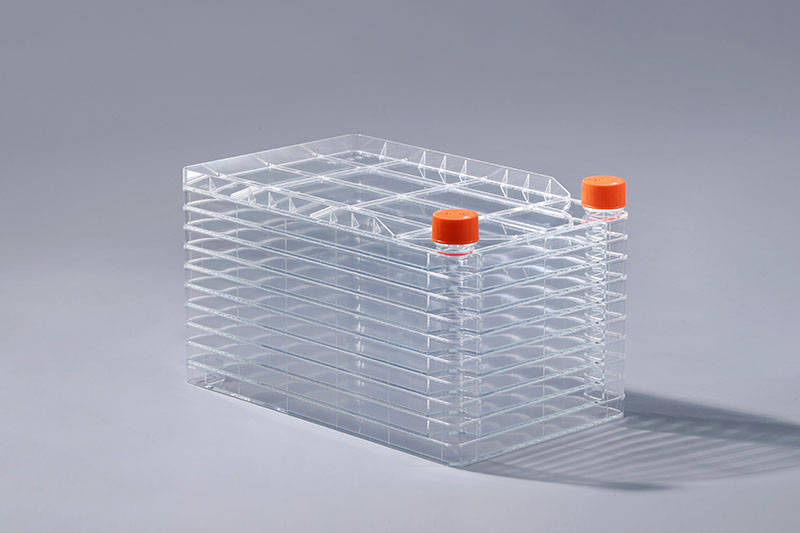は多層細胞培養用の消耗品であり、主に工業的な大量生産、実験室での操作、大規模な細胞培養で使用され、付着細胞にとって理想的な選択肢です。この種の消耗品を選択する際には、重要な要素である表面TC処理に注意を払います。なぜこの特別な処理を行う必要があるのですか?セルは2つのタイプに分けることができます:付着性異なる増殖方法に従った細胞および浮遊細胞。浮遊細胞は増殖するために支持体に付着する必要はなく、培地中で浮遊状態で増殖することができます。付着細胞は、付着して成長できる成長面を備えている必要があり、親水性の固体界面のみが細胞を付着させることができます。 cellfactory
細胞工場は、主に付着細胞の培養に使用され、透明ポリスチレン(PS)原料。ポリマー材料として、PSは優れた強度と可塑性を持ち、毒性がなく、使い捨ての細胞培養消耗品に適した材料になっています。ただし、PSの表面は疎水性であり、それ自体は付着細胞の成長を助長しません。細胞の付着性能を高めるためには、表面修飾処理を施し、親水性基を導入して細胞の成長を促進する必要があります。
まとめると、細胞工場表面のTC処理の目的は、付着細胞の成長。浮遊細胞培養に使用される消耗品は、必ずしもそのような特別に処理された容器を必要としないが、表面TC処理後の消耗品は、一般に、浮遊細胞の培養にも適している。
In summary, the purpose of TC treatment on the cell factory surface is to adapt to the growth of adherent cells. The consumables used for suspension cell culture do not necessarily require such specially treated vessels, but the consumables after surface TC treatment are generally also suitable for the culture of suspension cells.
The FAI climbed 5.9 percent year-on-year in the first 11 months of 2018, quickening from the 5.7-percent growth in Jan-Oct, the National Bureau of Statistics (NBS) said Friday in an online statement.
The key indicator of investment, dubbed a major growth driver, hit the bottom in August and has since started to rebound steadily.
In the face of emerging economic challenges home and abroad, China has stepped up efforts to stabilize investment, in particular rolling out measures to motivate private investors and channel funds into infrastructure.
Friday's data showed private investment, accounting for more than 60 percent of the total FAI, expanded by a brisk 8.7 percent.
NBS spokesperson Mao Shengyong said funds into weak economic links registered rapid increases as investment in environmental protection and agriculture jumped 42 percent and 12.5 percent respectively, much faster than the average.
In breakdown, investment in high-tech and equipment manufacturing remained vigorous with 16.1-percent and 11.6-percent increases respectively in the first 11 months. Infrastructure investment gained 3.7 percent, staying flat. Investment in property development rose 9.7 percent, also unchanged.
 English
English



















































